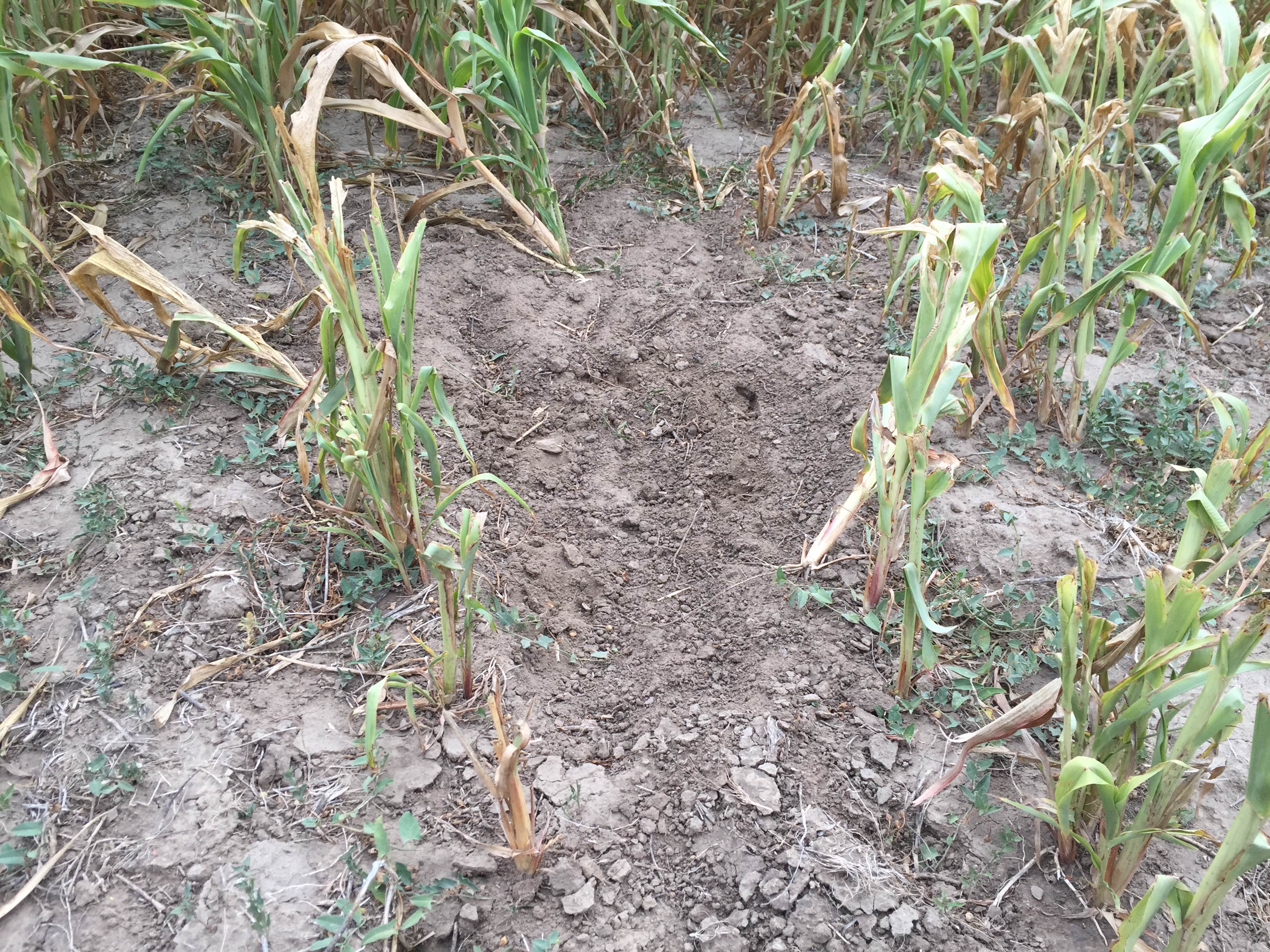transition wild
Off

One of the many reasons I love hunting western whitetails is because of the variety of scenarios one can utilize to pursue their game. Abundant river bottoms wind through the landscape, making an ideal set-up for “Fixed Position Hunting” in a tree stand or ground blind. The vast amounts of open terrain mixed with rolling hills, ravines, and grass fields make “Spot and Stalk” hunting a very viable option. And last but not least, crop fields fill the spaces in between providing necessary food and cover for whitetails, offering yet another practical approach of “Still Hunting” for whitetails. Before we begin, let us define the tactics mentioned above so that we don’t confuse ourselves.
Fixed Position Hunting: I define fixed position hunting as the hunter being immobile; the game comes to you while you wait from a stationary position in either a tree stand or ground blind.
Spot and Stalk: I view spot and stalk hunting as highly mobile; the hunter goes to the game after he locates through glassing techniques from a vantage point.
Still Hunting: This approach is a mix between fixed position hunting and spot and stalk. The hunter is not completely immobile but is slow moving. Usually, the animal is at close-distance before locating it because of heavy cover.
Cautiously moving through heavy cover and crop fields is exhilarating because the animal can appear out of nowhere and most shots are 20 yards or less. I’ll be the first to admit I am far from having everything figured out but I’m here to offer three strategies based upon my past experiences.
You have probably heard people talk about quartering into the wind when advancing into heavy cover such as a crop field but I like to move straight into the wind and then flank right or left based on my surroundings. While hunting a corn field I am moving perpendicular through each row and looking right or left before stepping into the next row.
If you didn’t already know this, deer bed with the wind at their back. The 90-degree rule means that I will move directly into the wind until I come to an area where I think a deer is bedded and then turn 90 degrees (left or right) to move perpendicular with the wind direction. Moving in this direction still puts the wind in my favor while giving me an advantage from getting picked off visually from head on. This leads me to my next point.
Within most agricultural fields there are pockets or small openings where the crop does not establish itself, leaving an open area mixed with grass and weeds. These can be caused by a number of events but usually are created due to flooding, wash outs or can occur year after year in low areas where the farmer just does not plant the seed. Deer absolutely love these spots because there is ample cover while allowing increased visibility and hearing. If you have the privilege of knowing where these pockets are located ahead of time, plan your approach accordingly and make these part of your plan to target first. 9 times out of 10 a deer will be bedded on the edge of these pockets because it gives them a strategic advantage.
Most likely the deer will be bedded on the opposite side of the pocket from your approach with their back tucked up against the standing crops and positioned towards the center for most visibility right to left. The illustration above is how I would approach these pocket areas with a North wind. The yellow dots symbolize my entrance, the green circle is a pocket and the white oval shape represents a bedded deer.
In this scenario of still hunting through thick cover and crop fields, you want the wind blowing hard; the windier the better. 20-30MPH winds are ideal because it masks all noise and greatly reduces your visual movement, allowing you to move quicker and cover more ground in a shorter amount of time. Higher wind speed also makes it more probable that a deer will bed in these open pockets due to the advantages I mentioned earlier which will also increase your odds and efficiency.
The above video is from while I was hunting a standing feed field in Western Kansas a few weeks back. This is a mule deer but is a good representation of how close you can get using the right strategies!
I wouldn’t go still hunting through a bean field or a knee deep grass prairie. I look for fields where the crop is taller than I am and is thick enough to conceal movement from 10-15 yards away.
Get Creative and Remember To Have Fun
Hunting standing crops can be an effective way to harvest the buck of a lifetime during the early season when deer movement is limited during daylight hours. This approach allows you to have one more tool in the bag because you can never have enough when it comes to pursuing elusive whitetails, particularly mature bucks. Try out these tactics for yourself and get creative this season because you never know what you might run in to! Just have fun and be open to making mistakes and keep learning each day.
What other tips and tricks do you have for hunting whitetails in standing crops? Share your stories and strategies in the comments section below!
-Adam
Pingback: 3 Tips For Spot And Stalk Whitetail Hunting With A Bow – Transition Wild()